Q&A on issues underlying the new Center for End of Life Care
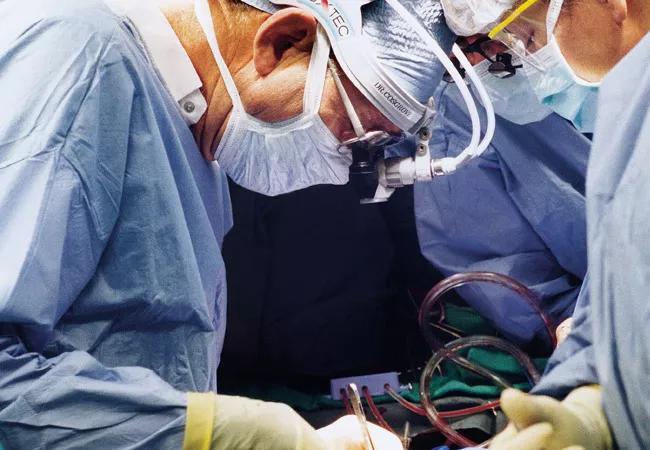
Although it’s been a decade since he retired from cardiothoracic surgery, Cleveland Clinic CEO and President Toby Cosgrove, MD, says he is “still haunted to this day by some of the deaths on my operating table 20 or 30 years ago.” He adds: “For a cardiac surgeon, death is traditionally seen as failure. We view our job as trying to preserve life at all costs.”
Cleveland Clinic is a non-profit academic medical center. Advertising on our site helps support our mission. We do not endorse non-Cleveland Clinic products or services. Policy
But in Dr. Cosgrove’s case, that view has changed a good bit since he began his prolific surgical practice over four decades ago. Those changes continue to this day and helped spur the creation of a Center for End of Life Care within Cleveland Clinic’s Office of Patient Experience. The Center’s mission is to standardize the health system’s approach to end-of-life care, with the specific objectives of honoring patients’ preferences, improving the experience of their family members and fostering resilience among the healthcare team.
In 2016, Dr. Cosgrove spoke with two Cleveland Clinic experts in end-of-life care — palliative medicine specialist Krista Dobbie, MD, and heart failure cardiologist and Center for Connected Care director Eiran Gorodeski, MD, MPH — about the end-of-life care issues he’s grappled with and how those issues are shaping the new Center for End of Life Care. An edited transcript of that conversation follows.
Dr. Dobbie: Is there a particular case that prompted you to start revisiting your thinking around end-of-life care?
Dr. Cosgrove: Yes, one case stands out. It involved an international patient from a prominent family who was brought here in a very difficult situation. I operated on her twice, and she lingered for a long time afterward. I was essentially unwilling to give up. The family saw me continuing to press on, but they eventually said, “We think it’s enough.” They reached the point of realizing it was time to stop the support, and we did.
I learned from that situation that you can sometimes go on too long and be too persistent. In subsequent cases like that I started to talk with the family and tell them I would persist in fully supporting the patient as long as we thought he or she could return to being a functional member of society. If it got to the point where I didn’t think that would happen, I would come and talk to the family about it. Uniformly, they all said, “Thank you, doctor, we really appreciate that.” It relieved both them and me of the tremendous anxiety around these situations. But it took me half my career to figure that out.
Dr. Dobbie: Why do you think you were so unwilling to give up?
Dr. Cosgrove: For cardiac surgeons, death is failure. There’s a sense of failure for you and for the organization. That was the main reason. Beyond that, I think physicians are uncomfortable with uncertainty in general, whether or not it’s around the survival of a patient. Being comfortable with ambiguity is not in our training and it’s not in our nature.
Dr. Dobbie: Speaking of training, did you have any training in these issues?
Dr. Cosgrove: Not at all. I remember my first experience was when I was an intern in the ICU. A patient died and I went to tell the family that their loved one had passed away in spite of everything we tried, and the family members started rolling around on the floor, screaming. I just stood there with my jaw hanging down. No one had ever taught me how to do that. There was no training in how to have these conversations.
Dr. Gorodeski: You said cardiac surgeons view death as failure. The attitude was the same when I was a cardiology fellow, but I no longer feel that death in critically ill patients is always a failure. Can you speak more about your view of death later in your career and now? Is it always a failure?
Dr. Cosgrove: No, death is a natural act, and there are rumors that it’s coming to all of us. But we remain uncomfortable with it, societally and professionally. I tend not to remember my successes, but I can remember in vivid detail some of my failures. I still have nightmares about some of them. I would go and replay the event in my mind, everything I did. You question your judgment.
Dr. Dobbie: And I’m sure there were times when you had tremendous saves — patients who you thought were going to die but then survived. I’ve seen cases like that in our cardiothoracic ICU — young people struggling on ECMO who then pull through because a donor heart or lungs become available. There are indeed cases where continuing with the really aggressive care sometimes enables tremendous saves. But properly balancing those cases against cases where it makes sense to say “enough” is something our culture struggles with. How do we balance these things?
Dr. Cosgrove: Well, that’s one of the big dilemmas in healthcare today. We have so many capabilities now that you have to ask yourself every time, “Do we take this next step?” That’s when we need to stop and think, “Okay, the patient may live, but with what quality of life?”
Dr. Gorodeski: Those questions are the heart of what Dr. Dobbie and I have been focusing our energy on for many months in shaping the Center for End of Life Care. They’re the essence of the conversation that needs to happen between the doctor and the patient’s family. We want to reach the point where that conversation routinely happens in an empathetic and constructive manner at Cleveland Clinic. What advice do you have about what should happen at that moment?
Dr. Cosgrove: I think you have to put out alternatives. Doctors are not generally going to be the ones to make the decision. I think the doctor becomes the adviser, the provider of information, the listener, the one who comes to understand where the patient and the family are.
One of the fortunate developments is that we’re getting better and better at predicting which patients are going to make it, based on a host of variables such as renal function, etc. But it’s still a tough call, and I don’t have a black-and-white answer. You can only try to help with the decision by providing the information as best you know it.
For the conclusion of this conversation — including discussion of provider resilience and ways to improve end-of-life care — click here.

How our first century has impacted cardiovascular practice
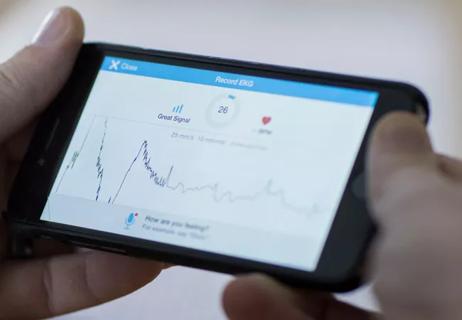
Review offers comprehensive assessment of the landscape for wearables and more

Preserving trust in research requires vigilance and consensus around statistical nuances

Cardiac surgeon Patrick Vargo, MD, reflects on his first year as Cleveland Clinic staff
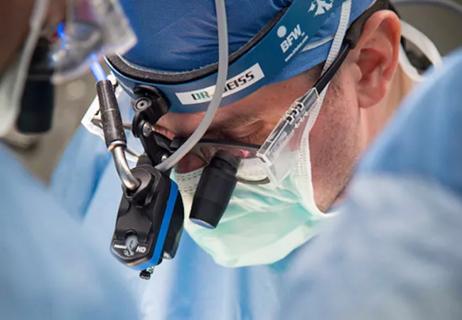
Improved risk prediction for patients is at the heart of Dr. Aaron Weiss’ research interests
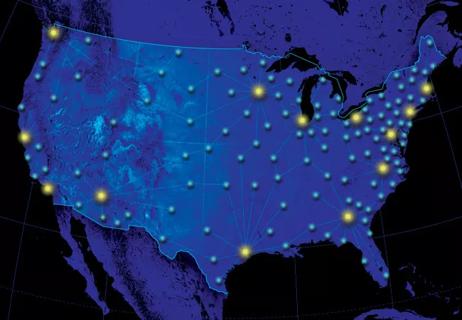
Centralization would likely bring better outcomes, experts say, but may not be feasible
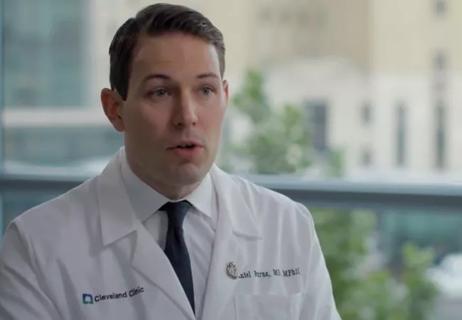
Dr. Daniel Burns on mentorship, robotic valve surgery, statistics and more
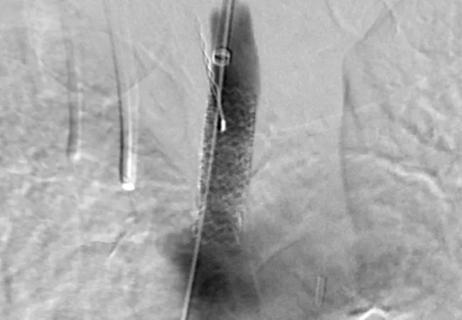
JACC review makes the case and outlines how to ensure oversight